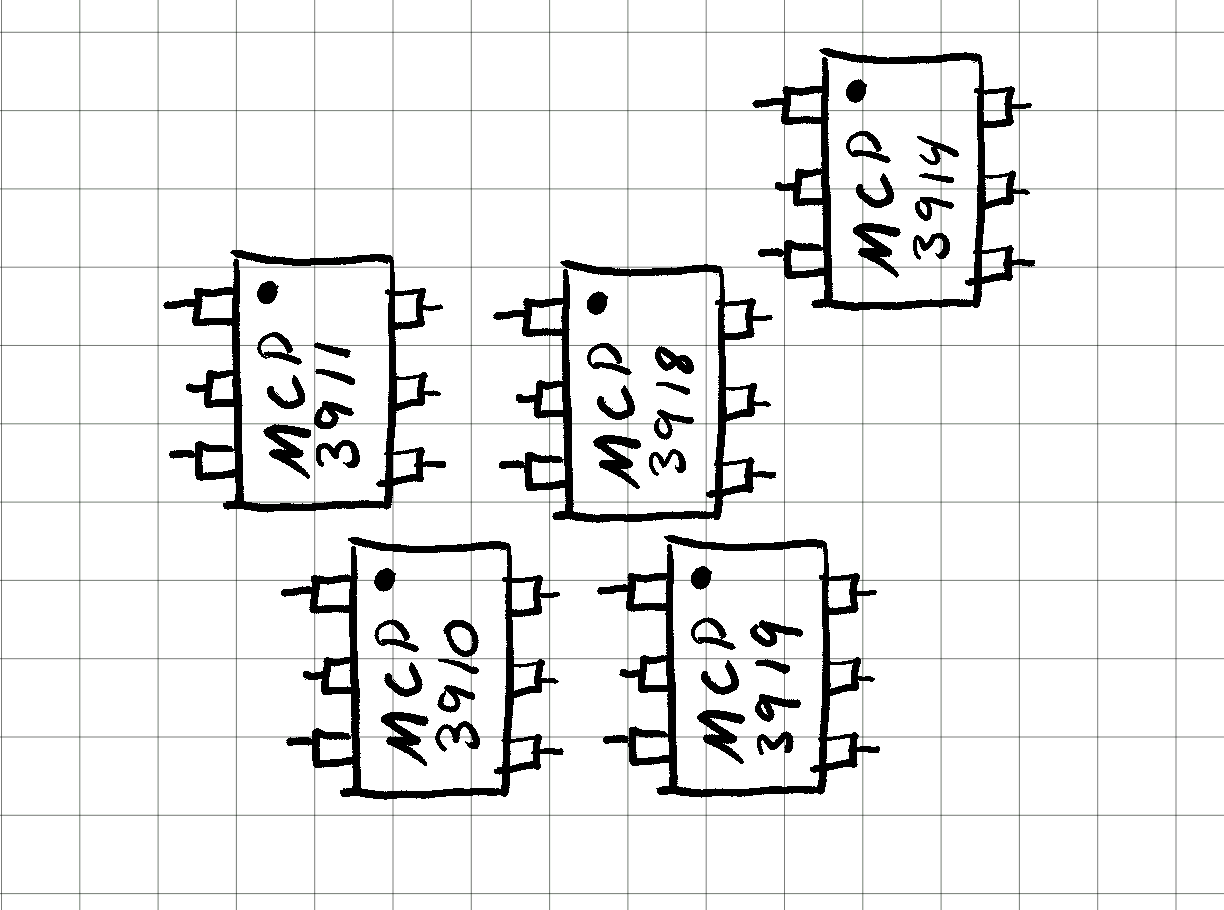Add support for MCP39XX in Linux kernel I've maintained the MCP3911 driver in the Linux kernel for some time and continuously add support for new features [1] upon requests from people and companies.
Microchip has several IC:s in this series of ADC:s that works similar to MCP3911. Actually, all other IC:s are register compatible but MCP3911. The IC:s I've extended support for is MCP3910, MCP3912, MCP3913, MCP3914, MCP3918 and MCP3919.
